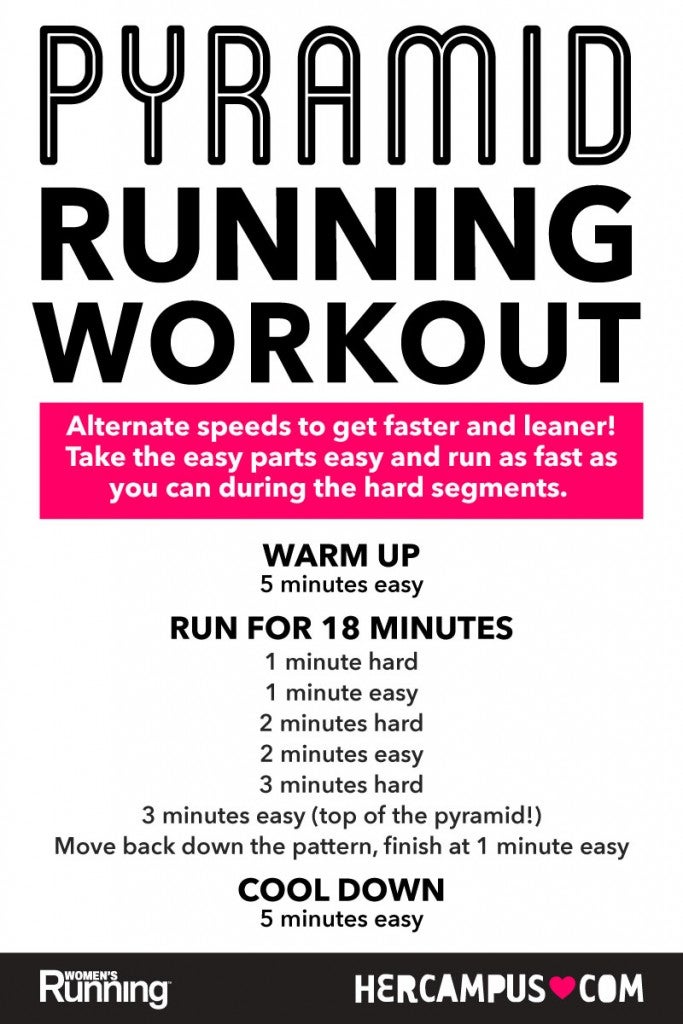Overcoming Pain in Operating: Strategies and Strategies That Work
Discomfort is a typical friend for many runners, commonly serving as an obstacle to achieving their preferred objectives. With the right methods and strategies, it is feasible to overcome and even avoid the discomfort connected with running. By checking out numerous strategies such as understanding the different kinds of running pain, optimizing footwear and form, integrating cross-training and stamina exercises, carrying out efficient recuperation approaches, and keeping proper nutrition and hydration, runners can potentially reduce their pain and enhance their overall running experience.
Understanding Different Types of Running Pain

Another type of running discomfort is joint discomfort, which can manifest as a sharp or achy pain in locations such as the knees, hips, or ankles (running workout). Joint discomfort might be brought on by aspects like inappropriate running form, overuse, or underlying conditions like arthritis (i thought about this). It is very important to differentiate between muscle mass pain and joint discomfort, as the latter may need clinical focus to avoid further injury
Understanding the different kinds of running discomfort is vital for efficient administration and prevention strategies to make certain a secure and satisfying running experience.
Appropriate Footwear and Running Kind
To enhance efficiency and decrease the threat of running-related injuries, selecting ideal footwear and preserving correct running form are necessary components for runners of all degrees. It is recommended to select running footwear that are specifically created for the person's foot type, running gait, and the kind of running activity they engage in.

Cross-Training and Stamina Workouts
Participating in cross-training and incorporating toughness workouts right into a running regimen can significantly improve overall efficiency and lower the likelihood of injuries. Cross-training, such as biking or swimming, aids enhance cardio health and fitness while providing running muscle mass a break from repeated impact. It additionally helps reinforce various muscle mass teams, leading to much better overall body conditioning. Stamina exercises, like squats, lunges, and core exercises, play a critical role in stabilizing muscles and improving running performance. They can correct muscle discrepancies, improve agility, and improve power result, every one of which are vital for running performance.
It is crucial to enable for appropriate remainder between running sessions and cross-training tasks to avoid overuse injuries. By integrating these elements right into a running routine, joggers can build a more powerful structure, boost efficiency, and enjoy a more lasting running experience - go to this site.
Recuperation and Relax Methods
Having developed the relevance of cross-training and toughness exercises in a detailed running regimen, interest can currently see it here be routed in the direction of Recovery and Relax Techniques as integral components for optimizing performance and lowering the risk of injuries. (running strategy)
Recovery after running is crucial for muscle repair service and growth. Methods such as foam rolling, extending, and massage assistance in lowering muscle pain and enhancing adaptability. Adequate rest in between runs allows the body to recuperate and adjust to the physical stress, preventing overuse injuries.
Including energetic healing days into a training timetable, where low-intensity activities like walking or cycling are executed, can improve blood flow and advertise recovery without putting excess stress on the muscular tissues. In addition, appropriate hydration and nourishment play a vital function in the recuperation process by replenishing shed liquids and nutrients.
Quality rest is an additional essential facet of recovery that need to not be ignored. During sleep, the body undertakes repair work and regeneration procedures, contributing to total physical and mental health. By focusing on recuperation and remainder strategies, joggers can maintain optimal efficiency levels and minimize the likelihood of experiencing pain or injuries.
Nourishment and Hydration for Runners
Carbs offer energy for running, while healthy proteins help in muscle mass repair work and recuperation. Sufficient hydration is also necessary to maintain optimal efficiency, as also moderate dehydration can negatively impact running efficiency. In addition, timing meals and treats appropriately before runs can help protect against gastrointestinal discomfort and offer the needed power for peak efficiency.
Final Thought
In final thought, by recognizing the numerous kinds of running discomfort, using proper footwear, preserving correct running form, including cross-training and strength workouts, focusing on recovery and rest, and focusing on nourishment and hydration, runners can successfully conquer pain and improve their efficiency. Carrying out these strategies and strategies can aid runners stop injuries, enhance their endurance, and eventually delight in a much more fulfilling running experience.